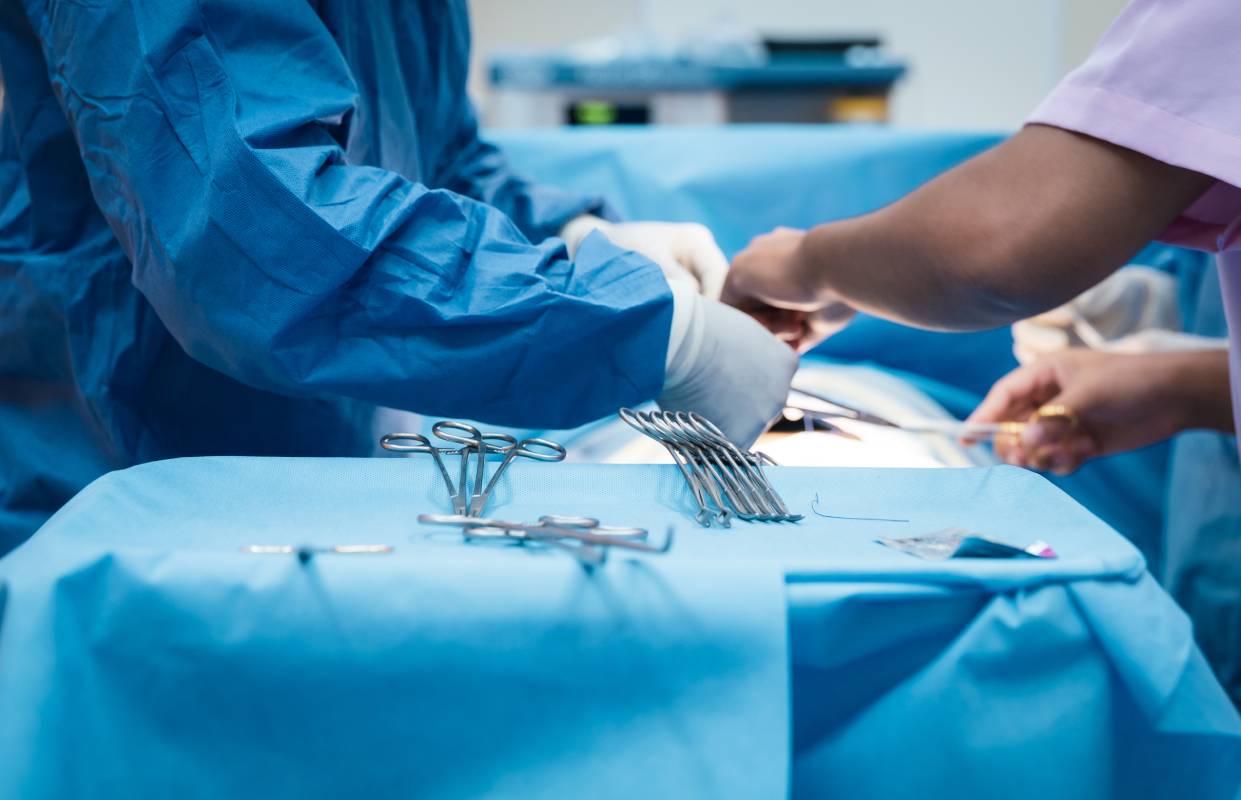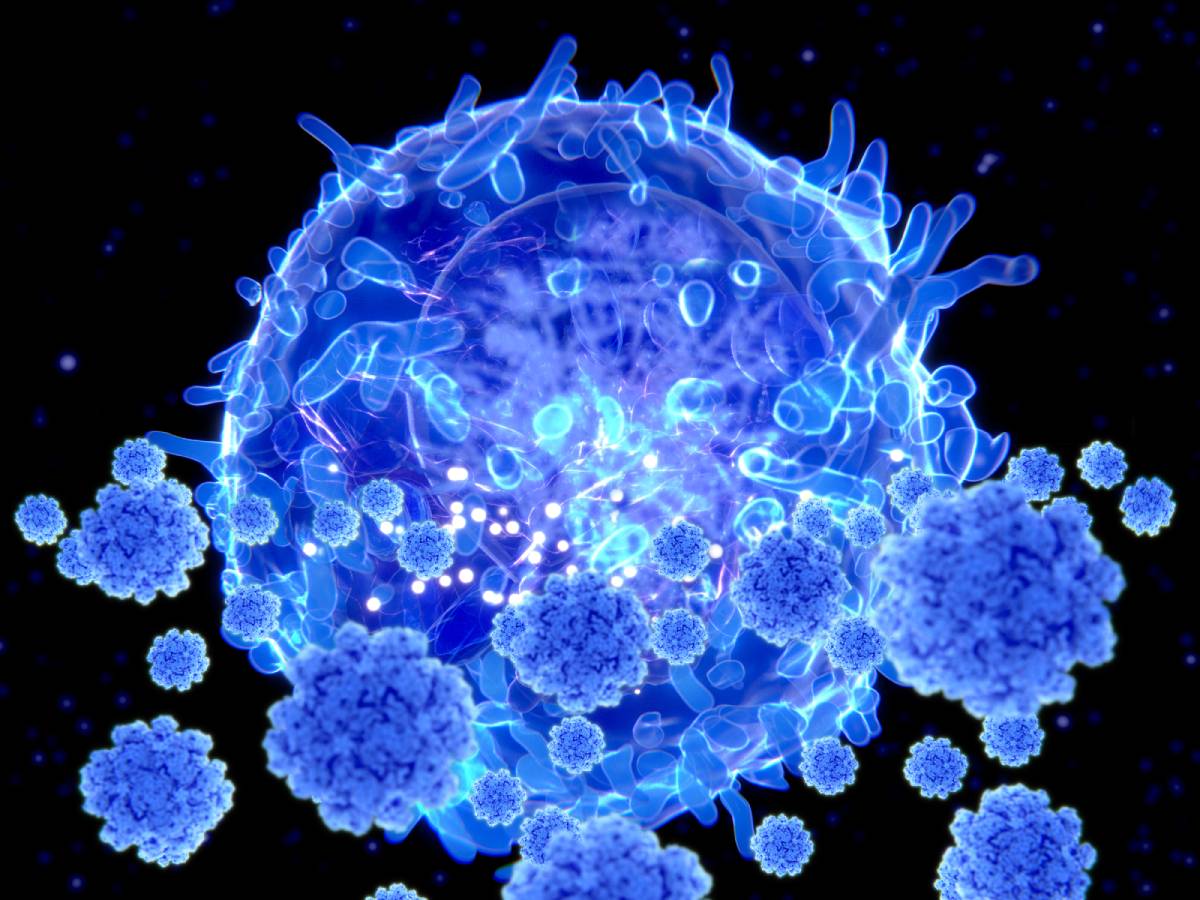
Over 100,000 people currently sit on organ transplant waitlists 1; about 6,000 die annually while waiting for a kidney, heart or lung. Xenotransplantation, a procedure involving transplants of live nonhuman cells, tissues, or organs (or such human tissues that have come into ex vivo contact with live nonhuman tissues) into humans, is thus of tremendous clinical promise and potential. While not a novel method – many clinical xenotransplantation attempts have been made in the last few centuries 2, the challenges of xenotransplantation are significant but being steadily being overcome.
Despite its considerable benefits, nonhuman tissue transplants present a significant risk in light of the potential infection of recipients with foreign infectious agents, in addition to their potential transmission to the general human population 3. Advances in gene-editing tools (for example, genetically engineering pigs to make their tissues more resistant to human immune responses) and immunosuppressive therapy have particularly contributed to making clinical xenotransplantation more viable.
A number of xenotransplantation successes have been documented between nonhuman animals. In preliminary research studies, a life-supporting genetically engineered pig kidney functioned in a monkey for over a year 4, and genetically engineered orthotopically-placed pig hearts have maintained the lives of baboons for 6 months 5.
Xenotransplantation has also been met with budding success from nonhuman animal cells, tissues, and organs to humans. Pig cells have been a particularly viable transplantation agent to this end. Pig pancreatic islets can be used to treat diabetes, for example, while fetal porcine neural stem cells can be applied to Parkinson cell therapy. In parallel, pig skin can be transplanted to help burn victims 3.
1905 saw the first serious attempt at organ xenotransplantation, when slices of rabbit kidney were transplanted into a child with chronic kidney disease who was dying of renal insufficiency 6. The two first decades of the 20th century consequently saw a flurry of subsequent xenotransplantation efforts involving primate, pig and lamb organs, among others.
This culminated in the successful transplantation, in 1997, of a pig’s heart, lungs and kidneys into a terminally ill individual in India. The patient was a 32-year-old man who had failed to respond to conventional surgery; he remarkably survived for 7 days, dying thereafter from multiple infections 7.
The last few years saw another series of xenotransplantation breakthroughs. In 2021, a pig kidney was successfully transplanted into a brain-dead recipient. Partly because the pig’s thymus gland was transplanted as well, there were no indications of immediate immune rejection 8.
Most recently, in 2022, a 57-year-old successfully survived a surgery in which he received a heart from a 1-year-old pig in which the enzymes underpinning the production of hyperacute organ rejection antigens had been gene-edited out. The U.S. medical regulator granted special permission for the procedure, which is not currently approved, given that the patient would have otherwise died – and the surgery marked the first of its kind 9.
Since preclinical studies in nonhuman primates can take up to 4 years and are relatively expensive, 3D bioprinting has emerged as a particularly promising technology in this context 10. In particular, the scaffold-free 3D-bioprinting of pig organ models using genetically engineered pig cells can quickly and cheaply generate organ-specific 3D models. In parallel, organ-specific bioprinting can also be used to better understand different immunogenic responses, helping to advance the field of nonhuman tissue transplants 11.
Ethical questions surrounding the clinical use of nonhuman tissue for transplants are being raised worldwide – to which end the U.S. Food and Drug Administration published comprehensive guidelines in 2003 12. While it remains unclear what type of evidence is considered sufficient, national regulatory authorities must shape regulations such as to enable safe, thorough, informative clinical trials well supported by preclinical data.
Recent clinical breakthroughs have been paving the way for the future of xenotransplantation, marking a step forward toward solving the problem of human organ shortage 13.
References
- Organ Donation Statistics | organdonor.gov. Available at: https://www.organdonor.gov/learn/organ-donation-statistics.
- Deschamps, J. Y., Roux, F. A., Saï, P. & Gouin, E. History of xenotransplantation. Xenotransplantation (2005). doi:10.1111/j.1399-3089.2004.00199.x
- Xenotransplantation | FDA. Available at: https://www.fda.gov/vaccines-blood-biologics/xenotransplantation.
- Kim, S. C. et al. Long-term survival of pig-to-rhesus macaque renal xenografts is dependent on CD4 T cell depletion. Am. J. Transplant. (2019). doi:10.1111/ajt.15329
- Längin, M. et al. Consistent success in life-supporting porcine cardiac xenotransplantation. Nature (2018). doi:10.1038/s41586-018-0765-z
- Toledo-Pereyra, L. H. & Lopez-Neblina, F. Xenotransplantation: a view to the past and an unrealized promise to the future. Experimental and clinical transplantation : official journal of the Middle East Society for Organ Transplantation (2003). doi:10.1034/j.1399-0039.2002.00003.x
- Why the US Pig Heart Transplant Was Different From the 1997 Assam Doc’s Surgery – The Wire Science. Available at: https://science.thewire.in/the-sciences/university-maryland-pig-heart-xenotransplant-dhani-ram-baruah-1997-failed-surgery-arrest/.
- Progress in Xenotransplantation Opens Door to New Supply of Critically Needed Organs | NYU Langone News. Available at: https://nyulangone.org/news/progress-xenotransplantation-opens-door-new-supply-critically-needed-organs.
- Man gets genetically-modified pig heart in world-first transplant – BBC News. Available at: https://www.bbc.com/news/world-us-canada-59944889.
- Cooper, D. K. C. Financial support for xenotransplantation research. Xenotransplantation (2019). doi:10.1111/xen.12483
- Li, P. et al. The potential role of 3D-bioprinting in xenotransplantation. Current Opinion in Organ Transplantation (2019). doi:10.1097/MOT.0000000000000684
- Tissue Guidances | FDA. Available at: https://www.fda.gov/vaccines-blood-biologics/biologics-guidances/tissue-guidances.
- Lu, T., Yang, B., Wang, R. & Qin, C. Xenotransplantation: Current Status in Preclinical Research. Frontiers in Immunology (2020). doi:10.3389/fimmu.2019.03060

